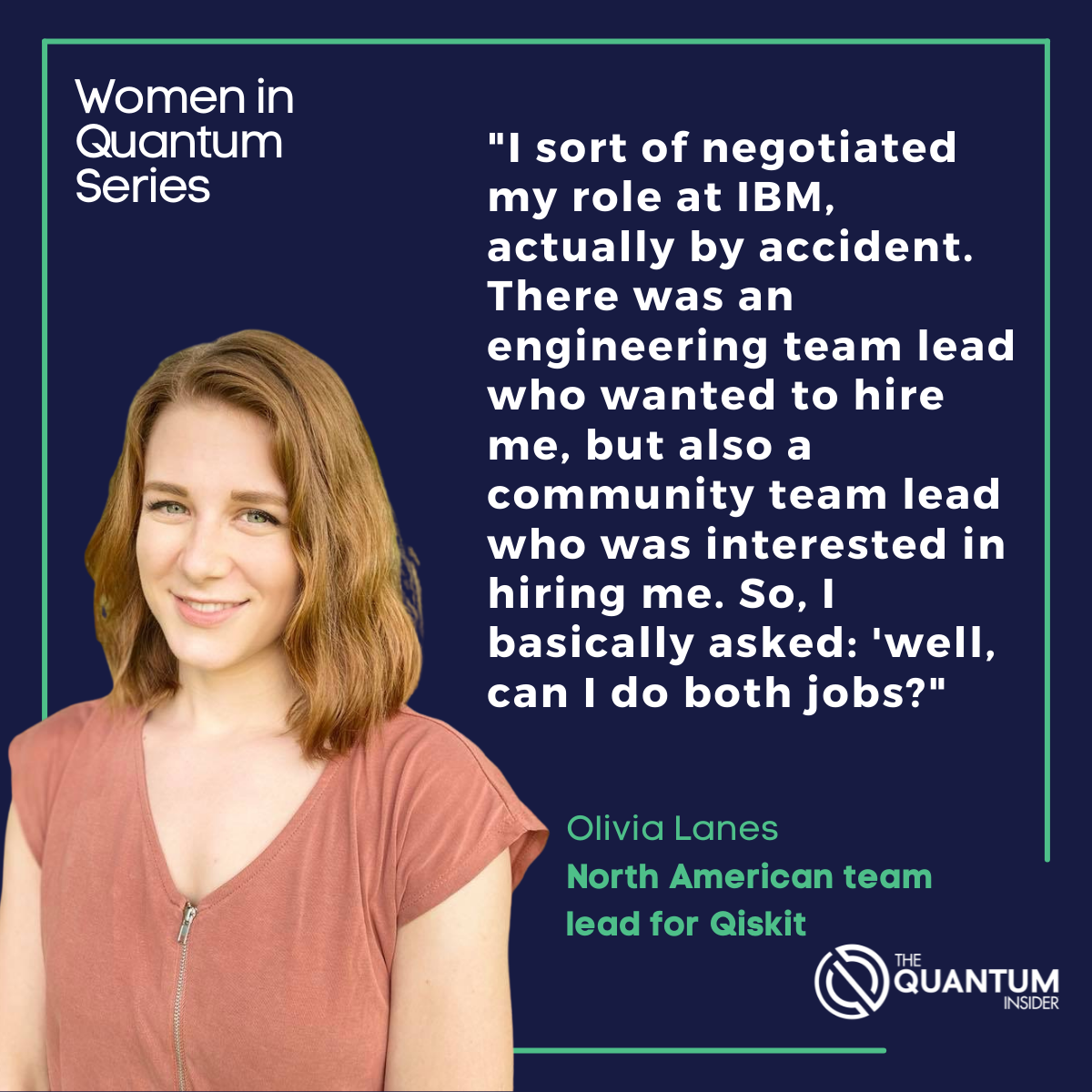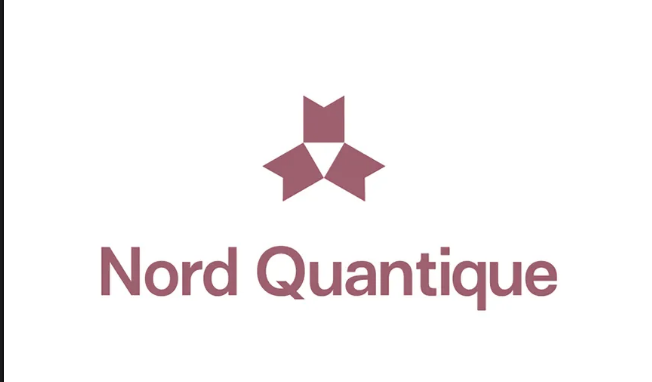At first, Olivia Lanes was not interested in quantum computing. But now, as the North American team lead for the Qiskit education program, developed by IBM, Lanes absolutely loves quantum technology. In her college career, Lanes originally studied astrophysics, then transitioned into optics. She began her graduate degree at the University of Pittsburgh and was able to even help her advisor build their lab from the ground up. “My advisor joined the same year I joined,” Lanes explained. “So, he basically said, ‘hey do you want to build this lab from scratch?’ And I went for it.” From there, Lanes found the transition from optics research to quantum research surprising. “When I learned what quantum computing was, it all felt sort of serendipitous to me, because I had actually been interested in cryptography as a hobby for a long time. I had no idea quantum and cryptography went together. But when I found that out, I was excited. And since then, I decided to never leave, ” she added. Lanes carried her new passion for quantum computing with her as she began looking for jobs while graduating from graduate school.
Lanes knew that she wanted to transition into an industry position. “I was never one of those people who was dying to become a professor,” she said. But Lanes also didn’t want merely an engineering job either. “I always had an interest in teaching and working on educational material,” Lanes added. The timing of her job search was perfect, as IBM had just begun working on Qiskit and wanted to use the software to teach quantum computing. They reached out to Lanes just as she was finishing her Ph.D. As Lanes elaborated: “I sort of negotiated my role at IBM, actually by accident. There was an engineering team lead who wanted to hire me, but also a community team lead who was interested in hiring me. So, I basically asked: ‘well, can I do both jobs?'”
Now as the Qiskit Team Lead for North America, Lanes has the best of both worlds. She helps develop “educational content for all sorts of age groups, from high school to advanced graduate students,” she said. Lanes is also working on material that will bring Qiskit learners from the educational side to the research side. “We’re trying to present Qiskit as a cutting edge research tool for not just people who are interested in educating themselves,” Lanes stated, “but people looking to advance their studies and really push the boundary of what the technology is capable of now.” This transition has quite a gap that individuals must cross from learner to researcher, Lanes explained. But she is confident her team can help others successfully make the jump. When she isn’t working on the education side, Lanes also works in IBM’S quantum lab as an engineer, allowing her to see two sides of the impact of quantum technology.
Developing the curriculum that thousands of individuals have used to learn quantum computing, Lanes understands she has a real impact on the accessibility of this technology. “Quantum computing education is STEM education,” she said. “I think it can be used as a gateway to get more people, who have all sorts of backgrounds and interests, to be interested in STEM and quantum.” Using her position, Lanes hopes to help make the quantum industry more diverse and level the playing field. “I think the bigger the population that understands technology, the better off they’re going to be and the better off the society is going to be,” Lanes explained. “And so, my number one goal in life is to democratize STEM fields, to give everyone a chance.”

For more market insights, check out our latest quantum computing news here.


















